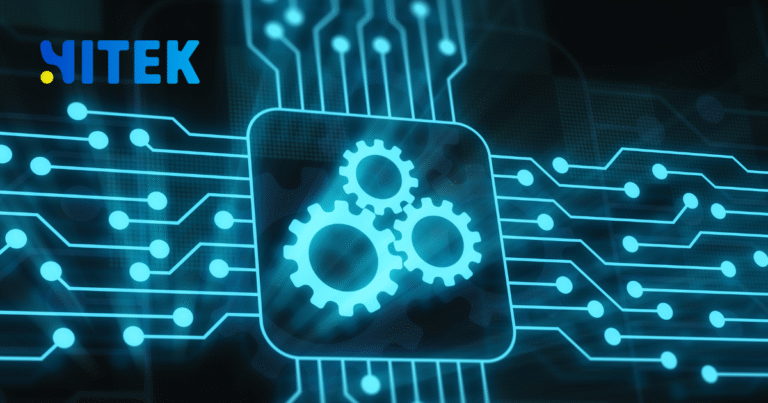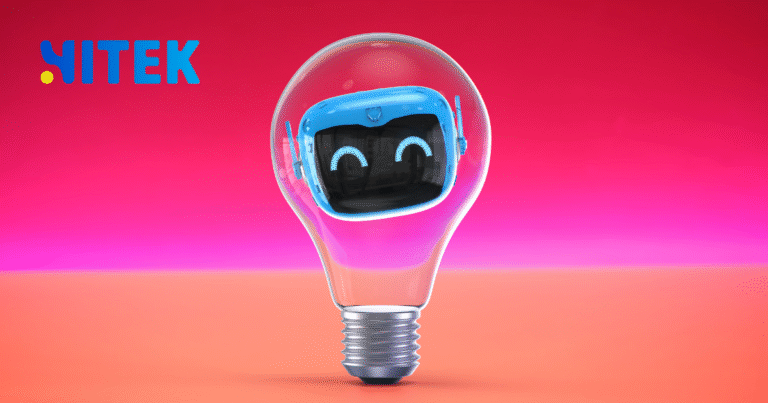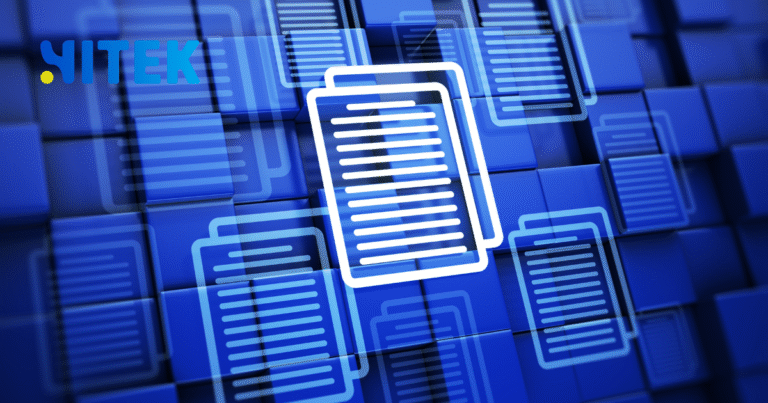The race to build Australia’s next generation of software—from agile fintech platforms in Sydney to sophisticated logistics networks in Melbourne—is on. And in the architect’s chair, you’re increasingly likely to find an AI. But which one? Google’s Bard, with its deep integration into the world’s data, or OpenAI’s ChatGPT, a name that became synonymous with generative AI?
This isn’t about which chatbot can craft a better poem. For system designers, engineers, and product managers, the question is about capability, reliability, and raw power. Let’s break down how these two titans stack up when the stakes are high and the systems are anything but simple.
Contents
ToggleThe Core Architectures: A Tale of Two Intelligences
To understand their potential, you need to know what’s under the hood. Their fundamental architectures shape everything they do.
ChatGPT (Powered by GPT-4) is built on a legacy of generative pre-trained transformers. Its strength is its profound ability to understand context and generate remarkably coherent, creative text and code. It’s a master of language and structure, trained on a vast and diverse dataset that makes it an incredibly versatile thinker. For months, it has been the go-to choice for developers seeking a conversational partner for tasks such as debugging and generating code snippets.
Bard (Powered by PaLM 2, specifically the newer PaLM 2 edition) is Google’s answer, and it’s a formidable one. Its key differentiator is its live, constant internet access. While ChatGPT’s knowledge is limited to a certain point (as of September 2021 for GPT-3.5 and a more recent but still fixed date for GPT-4 in Plus), Bard operates in real-time. This means it can incorporate the very latest research, libraries, and news —a critical feature for a field that changes daily. Google has also trained Bard on a massive amount of code, making it exceptionally strong in reasoning and programming tasks.
Head-to-Head: The System Designer’s Scorecard
So, which engine is better for your project? Here’s how they compare across the key dimensions that matter in complex systems design.
| Feature | ChatGPT (GPT-4) | Bard (PaLM 2) |
|---|---|---|
| Knowledge & Research | Powerful but static. Knowledge is frozen in time. | Real-time web access. Can fetch the latest documentation and updates. |
| Code Generation | Excellent, creative, and versatile. Strong in multiple languages. | Highly accurate, efficient, and excellent at explaining its own code. |
| Debugging & Logic | Capable of identifying bugs and suggesting fixes. | Exceptional at logical reasoning and tracing complex error paths. |
| Integration & APIs | Can design API structures and data schemas effectively. | Can incorporate real-time data via web access, offering dynamic insights. |
| Scalability & Ideation | Fantastic for brainstorming novel features and architectural approaches. | Strong for practical, implementable ideas grounded in current tech trends. |
The Deep Dive: Where Each AI Excels
When Bard Might Be Your Best Bet
If your project demands being on the absolute cutting edge, Bard’s live internet access is a game-changer. Imagine you’re designing a system that needs to integrate with a new API version that was released last week. Bard can read the official documentation and provide accurate, current guidance. ChatGPT may hallucinate outdated information or be unaware of the update’s existence.
Bard also demonstrates a distinct aptitude for logical reasoning and problem-solving. It’s often faster at deconstructing why a piece of code is failing and can provide more streamlined, efficient solutions. For Australian developers working on data-intensive applications or complex algorithmic challenges, Bard’s precision can be a significant time-saver.
When ChatGPT Still Holds the Crown
ChatGPT’s generative strength is its secret weapon for the early stages of design. It is a brilliant brainstorming partner. If you need to whiteboard ten different ways to structure a microservices architecture or generate pseudocode for a novel feature, ChatGPT’s creativity can be incredibly valuable. Its responses are often more detailed and narrative, which can help flesh out concepts.
Furthermore, for teams that have standardized on the OpenAI ecosystem, integrating ChatGPT via API into their own development tools and workflows can create a seamless, robust pipeline for generating and reviewing code.
The Verdict for Australian Developers
The truth is, the “best” AI is the one that best fits your specific task.
- Choose Google’s Bard if you need the latest information, are tackling a challenging logic problem, or want clean, efficient code explained clearly. Its integration with the Google ecosystem also hints at a future where it could work seamlessly with other Google developer tools.
- Choose OpenAI’s ChatGPT if you’re in the brainstorming phase, need a highly creative approach to a problem, or value extensive, conversational explanations. Its established API also makes it a strong choice for automated, integrated development workflows.
The smartest approach? Don’t choose at all. The most effective design strategy may be to utilize both. Let ChatGPT’s creativity run wild in the initial design phase, then hand the concepts over to Bard to stress-test, refine, and implement with the most up-to-date tools and libraries.
What’s your experience been? Have you used either of these AI tools to design a complex system in Australia? Please share your story and let us know which one became your indispensable digital colleague.









